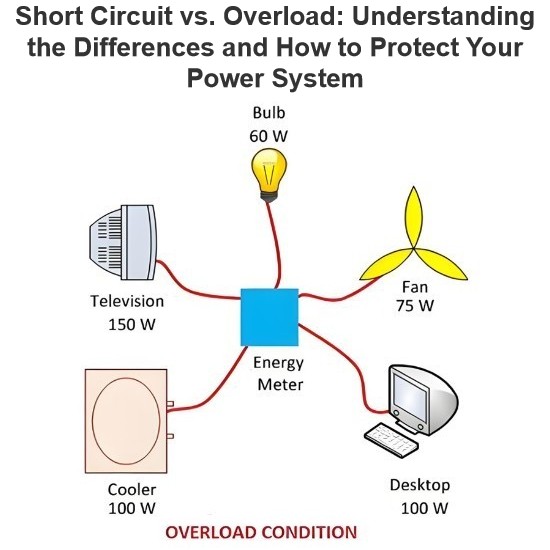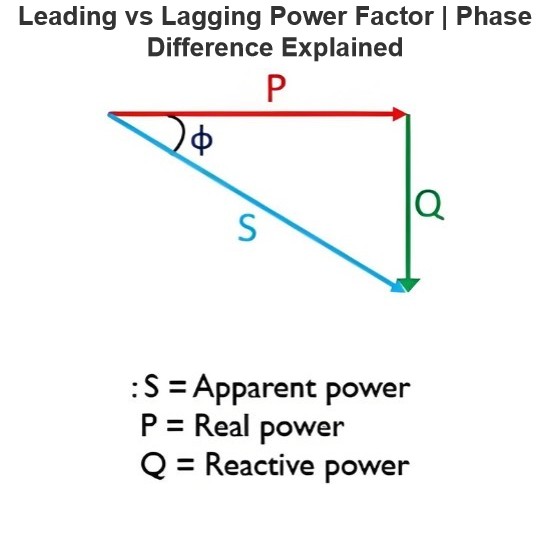1. Definition
What is commonly referred to as a "permanent capacitor" is likely a popular term. Strictly speaking, it may refer to a fixed capacitor. A fixed capacitor is a type of capacitor with a constant capacitance value. In a circuit, its capacitance will not change due to normal voltage, current variations, or other common external conditions. Its main functions include storing electrical energy, filtering, coupling, and bypassing.
2. Structure and Principle
Structure
Take the common ceramic capacitor as an example. It mainly consists of a ceramic dielectric, electrodes, and packaging materials. The ceramic dielectric is the key part that determines the capacitance value and other properties. The electrodes are usually made of metal materials (such as silver, palladium, etc.) and are used to draw out charges. The packaging materials play a role in protecting the internal structure.
Principle
Capacitors work based on the principle of storing electrical energy in an electric field. When a voltage is applied across the two poles of a capacitor, charges will accumulate on the two poles, forming an electric field. The energy of the electric field is stored in the capacitor in the form of electrical energy. For a fixed capacitor, the magnitude of its capacitance mainly depends on the area of the two plates, the distance between the plates, and the dielectric constant of the medium between the plates. According to the formula c=εs/d (where C is the capacitance, ε is the dielectric constant, S is the plate area, and d is the plate spacing), in a fixed capacitor, these parameters are basically fixed after manufacturing, so the capacitance value remains constant.
3. Classification and Application
Classification
Ceramic Capacitors: They have the characteristics of small size, good high - frequency performance, and relatively high stability. They are divided into Class I (temperature - compensated type), Class II (high - permittivity type), and Class III (semiconductor type). Class I ceramic capacitors are often used in high - frequency oscillation circuits, precision instruments, and other occasions with extremely high requirements for capacitance stability. Class II ceramic capacitors are suitable for bypass, filtering, and other general circuits.
Electrolytic Capacitors: They are divided into aluminum electrolytic capacitors and tantalum electrolytic capacitors. Aluminum electrolytic capacitors have a large capacitance but relatively large leakage current. They are mainly used in low - frequency filtering, power supply smoothing, and other circuits. Tantalum electrolytic capacitors perform better than aluminum electrolytic capacitors and are widely used in power supply circuits, signal coupling, and other occasions with higher requirements.
Film Capacitors: They include polyester film capacitors, polypropylene film capacitors, etc. Polyester film capacitors are often used in DC and low - frequency AC circuits of general electronic devices. Polypropylene film capacitors, with their advantages of low loss and good insulation performance, are widely used in high - frequency circuits and high - voltage circuits.
Application
Power Supply Circuits: In the rectifier and filter circuits of power supplies, electrolytic capacitors are used to smooth the DC output voltage and filter out the ripples after rectification. For example, in a computer power supply, large - capacity electrolytic capacitors can effectively reduce the voltage fluctuations of the power supply output and provide a stable power source for various components of the computer.
Coupling Circuits: In audio amplification circuits, capacitors are used to couple audio signals. For example, between two - stage audio amplifiers, a capacitor is used to couple the output signal of the previous amplifier stage to the input of the next amplifier stage. At the same time, it blocks the DC signal and only allows the AC audio signal to pass through, thus enabling the effective transmission and amplification of the audio signal.
Oscillation Circuits: In the oscillation circuits of radio transmitting and receiving devices, fixed capacitors such as ceramic capacitors or film capacitors, together with inductors and other components, form an oscillation loop to generate a stable high - frequency oscillation signal. For example, in the local oscillator circuit of a radio, the fixed capacitor and the inductor cooperate to determine the oscillation frequency, enabling the radio to receive broadcast signals of a specific frequency.






















